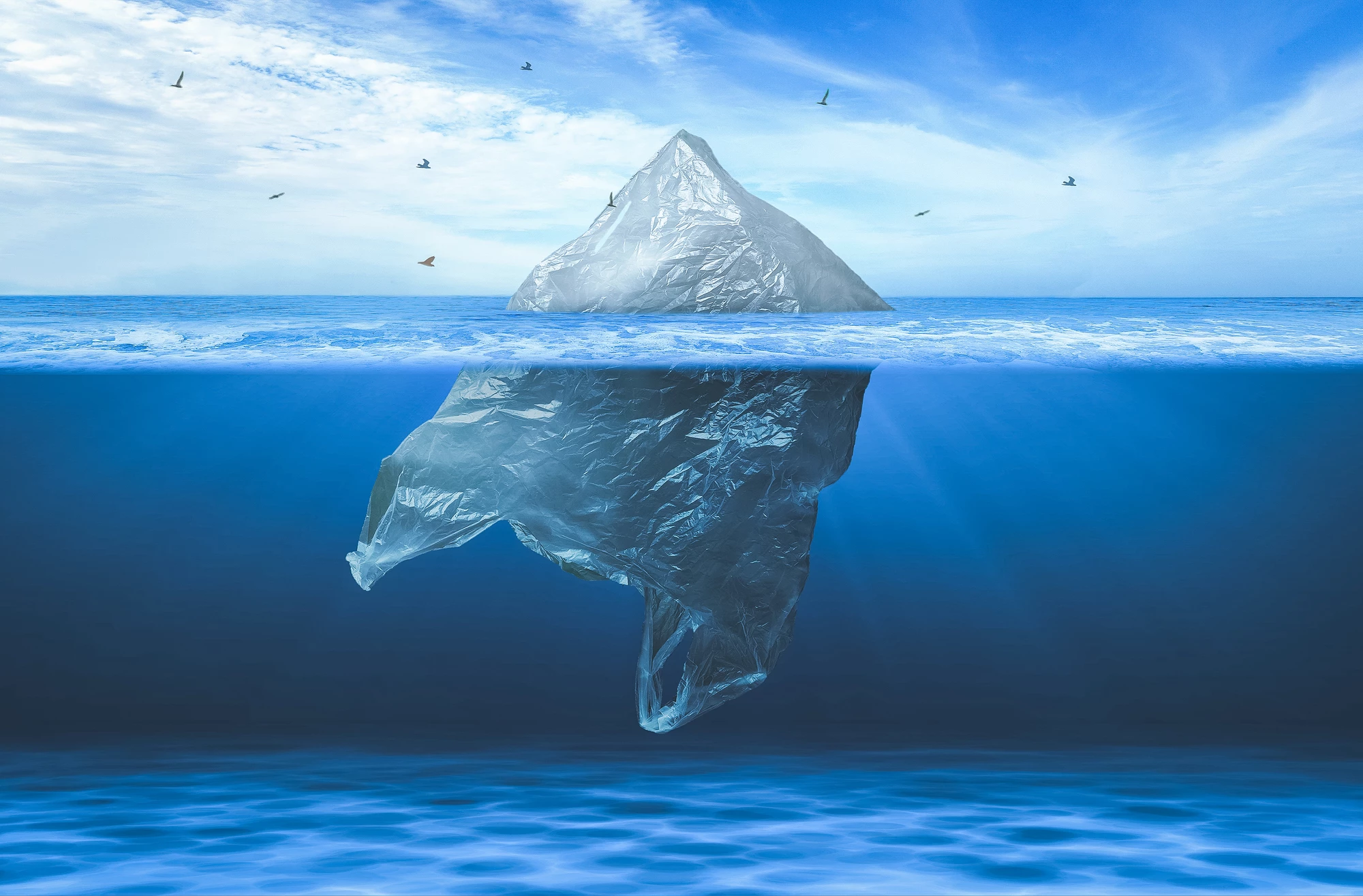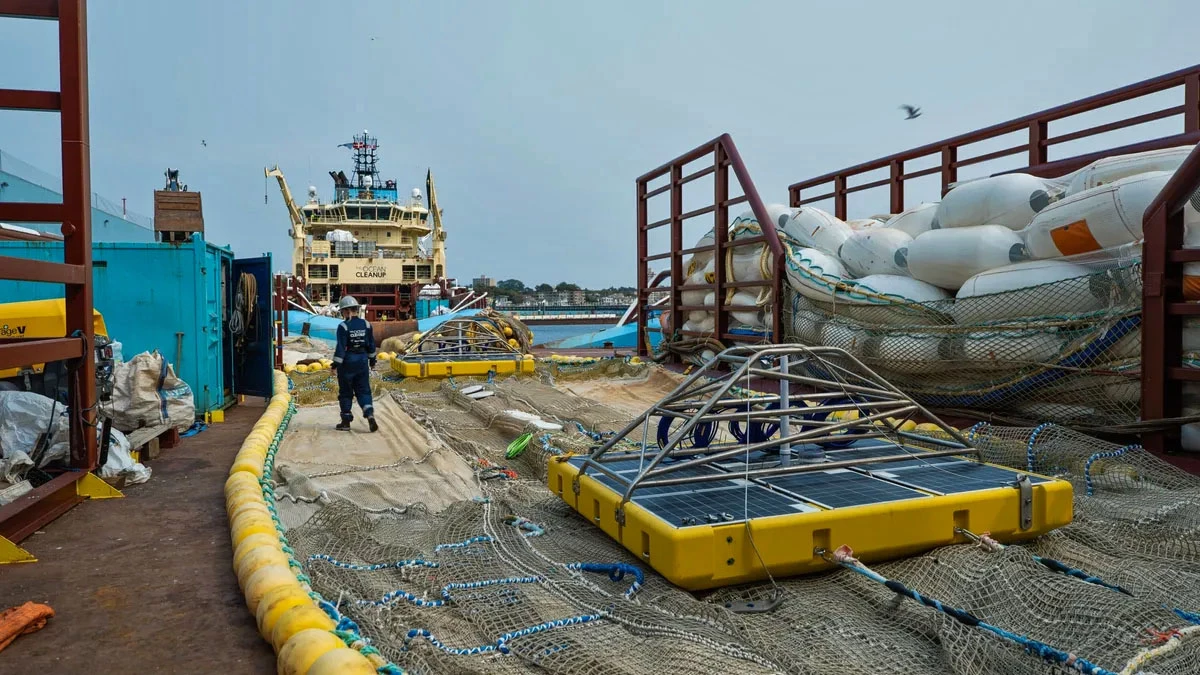The Great Pacific Garbage Patch, or GPGP for short, isn't exactly what you might have heard. It's not a floating garbage land-mass twice the size of Texas that you can settle, even though it kind of already has its own currency (called Debris), a flag, and passports made of recycled plastic ... and citizens?
In 1997, Captain Charles Moore was returning home from a sailing competition when he and his crew encountered a large area of floating plastic debris between the California coastline and Hawaii in the North Pacific Gyre, one of five major ocean gyres – and one of five offshore accumulation zones of plastic.
After two years of research, he returned to the site. He'd discovered the GPGP, a swirling vortex of floating garbage.
Several days ago, The Ocean Cleanup (TOC) project announced its ambitious timeline and cost to get the Great Pacific Garbage Patch cleaned up once and for all: 10 years and US$7.5 billion.

To put that enormous dollar figure in a context that you and I can understand, Walmart made about $54 billion per month last year. By that same token, Monaco, a place that's seemingly only for the ultra-wealthy, has a yearly GDP of roughly $7.3 billion.
That said, TOC also stated that if its latest technological ideas were to culminate in workable solutions, it could cut the cleanup timeline and cost by roughly half, to five years and $4 billion.
It's the first time an actual dollar amount and a timeline have been made clear, as the garbage patch floats in international waters and has never "been the responsibility" of any one nation and has been largely ignored.
Contrary to how the media may have portrayed the GPGP in the past, it isn't a giant chunk of floating garbage land. It's actually just a whole lot of garbage floating about the ocean in a general area estimated to be between 230 thousand and 620 thousand square miles (600 thousand to 1.6 million sq km). It is estimated there are about 88,000 tons (80,000 tonnes) of debris floating about the ocean's surface in the area, or near to it. There's likely far more on the ocean floor.
It's mostly trillions of pieces of microplastics, but also heaps and heaps of stuff like fishing nets, single-use water bottles, packaging, toilet seats, Barbies, traffic cones, TVs, soccer balls, rubber duckies, used needles ... you know, the stuff one would expect to be floating about in the ocean.

It's become such a permanent fixture in the waters of the Pacific, that ocean life has either adapted to it or been victim to it. Many would have seen the sad sea turtle with a straw embedded deep into its nostril, or the albatross chicks having been fed bottle caps and cigarette lighters by their unknowing parents.
Animals that have adapted to it – 46 different species on record, in fact – have been on the ride of their lives. Coastal species not normally found in deep waters like crabs, barnacles, sea anemones, mussels, oysters, and even regular ol' land-dwelling insects and spiders have been found in the open ocean, hitching a ride along on these man-made isles of garbage.
As plastic isn't exactly biodegradable, it instead breaks down into smaller pieces – microplastics – from the constant bombardment of UV rays and churning of ocean waves, this creates an even bigger problem for cleanup efforts.

The problem is not insignificant.
The Ocean Cleanup is a non-profit group founded in 2013 with the intent of cleaning the GPGP. To date, it claims to have collected around 26.4 million pounds (12 million kg) of trash from aquatic ecosystems around the world. One million pounds (454,000 kg) of that is from the GPGP alone, which the group believes to be only half of 1% of the total.
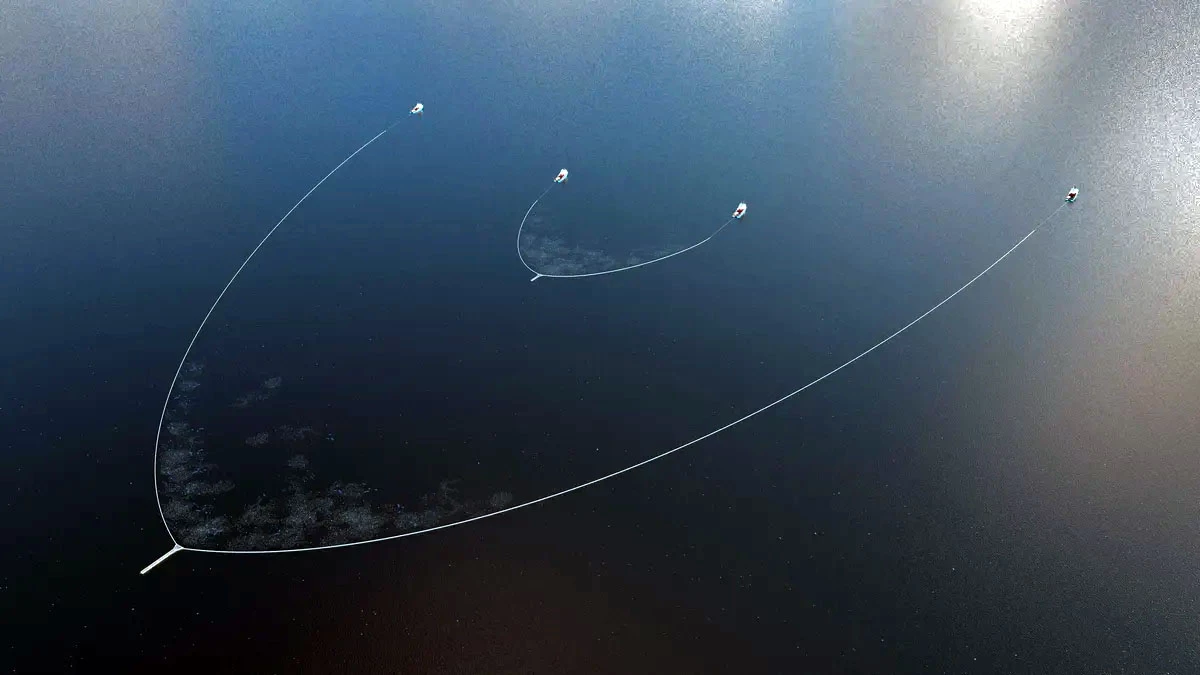
The Ocean Cleanup developed a method of cleaning called System 03 (as it's the third iteration of its cleaning tech) to clean up the waters. It's a floating 1.4-mile-long (2.2-km) barrier strung between two vessels moving at about a walking pace that has 13-ft-deep (4-m) screens to catch all the floaty bits. The system uses ocean monitoring data and AI modeling to steer towards the areas with the highest plastic densities, to be as efficient as possible.
Perhaps not as cool as being able to remotely control an RC garbage boat from your browser at home, but certainly far more effective.
This week we had our largest ever extraction from the Great Pacific Garbage Patch: 11,353 kg of plastic out of the ocean for good.
— The Ocean Cleanup (@TheOceanCleanup) August 11, 2023
As we transition to System 03, we see that increasing system size leads to bigger catches. pic.twitter.com/5UcrpATHbi
System 03 can clean an area the size of an American football field in about five seconds. Considering the "twice the size of Texas, three times the size of France" estimate of the GPGP – I did the math so you don't have to – roughly 260 million football fields would fit in two Texases.
Once a heap of plastic has been recovered, it's all funneled into a giant sack, pulled on board and dumped onto the deck to be sorted and packed for recycling.
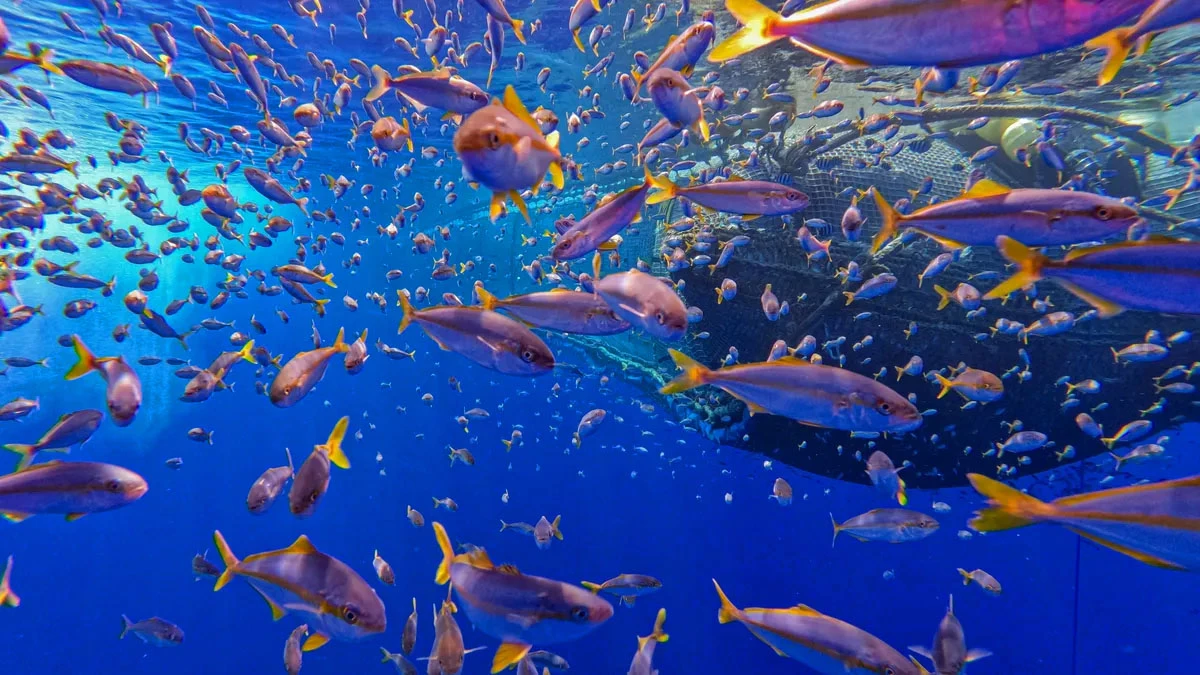
The Ocean Cleanup has even partnered with companies like Kia, which has already delivered its first batch of recycled plastics for electric vehicle production.
"Plastic is not inherently a bad material, but we must use it responsibly," said Boyan Slat, founder and CEO of The Ocean Project. "We demonstrate how we can turn pollution into a solution by launching applications that help clean the oceans."
TOC even made some pretty fly sunglasses from GPGP trash. Now that's just cool.
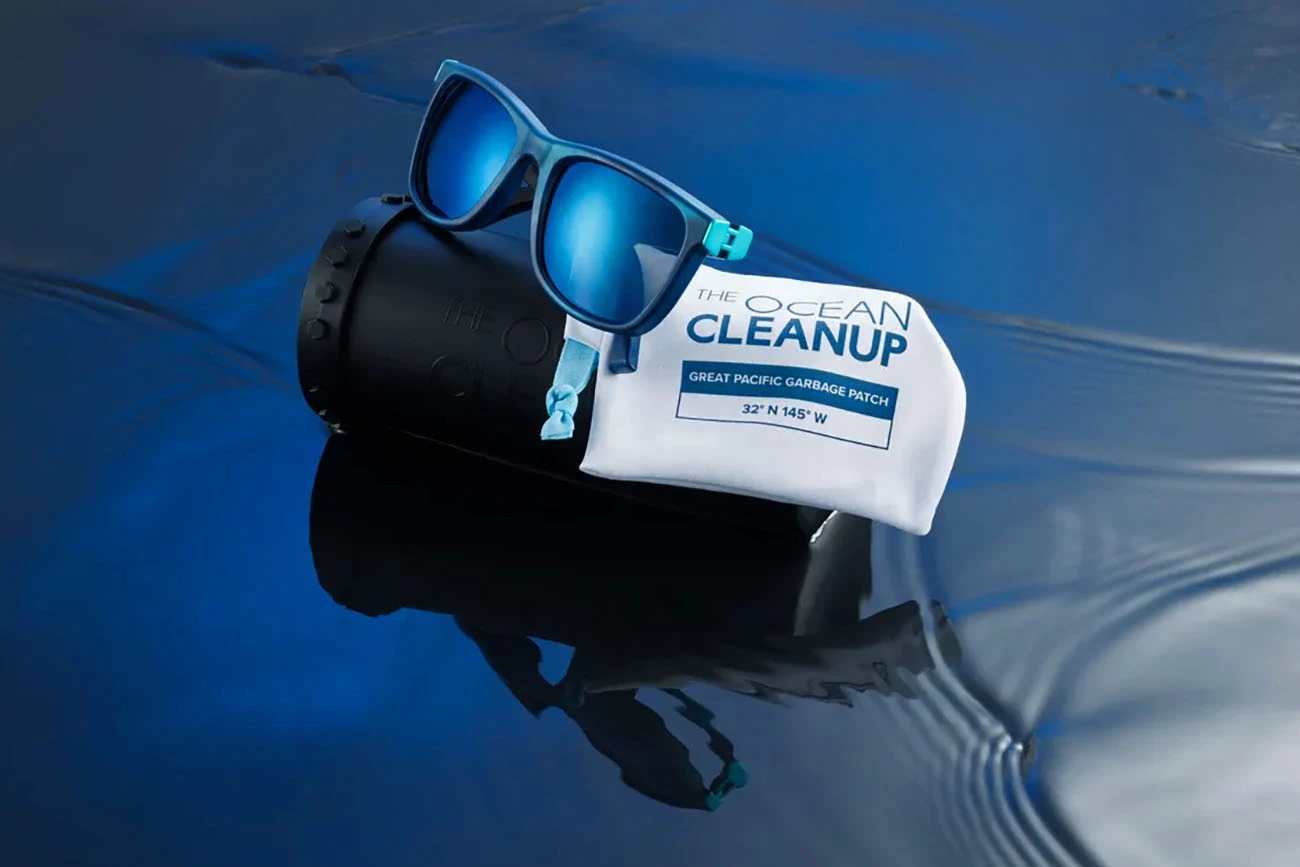
Cleaning up the Pacific and relegating the Great Pacific Garbage Patch to the annals of history is indeed an admirable goal. But, as always, whether it is achieved will come down to cold, hard cash.
Source: The Ocean Cleanup

